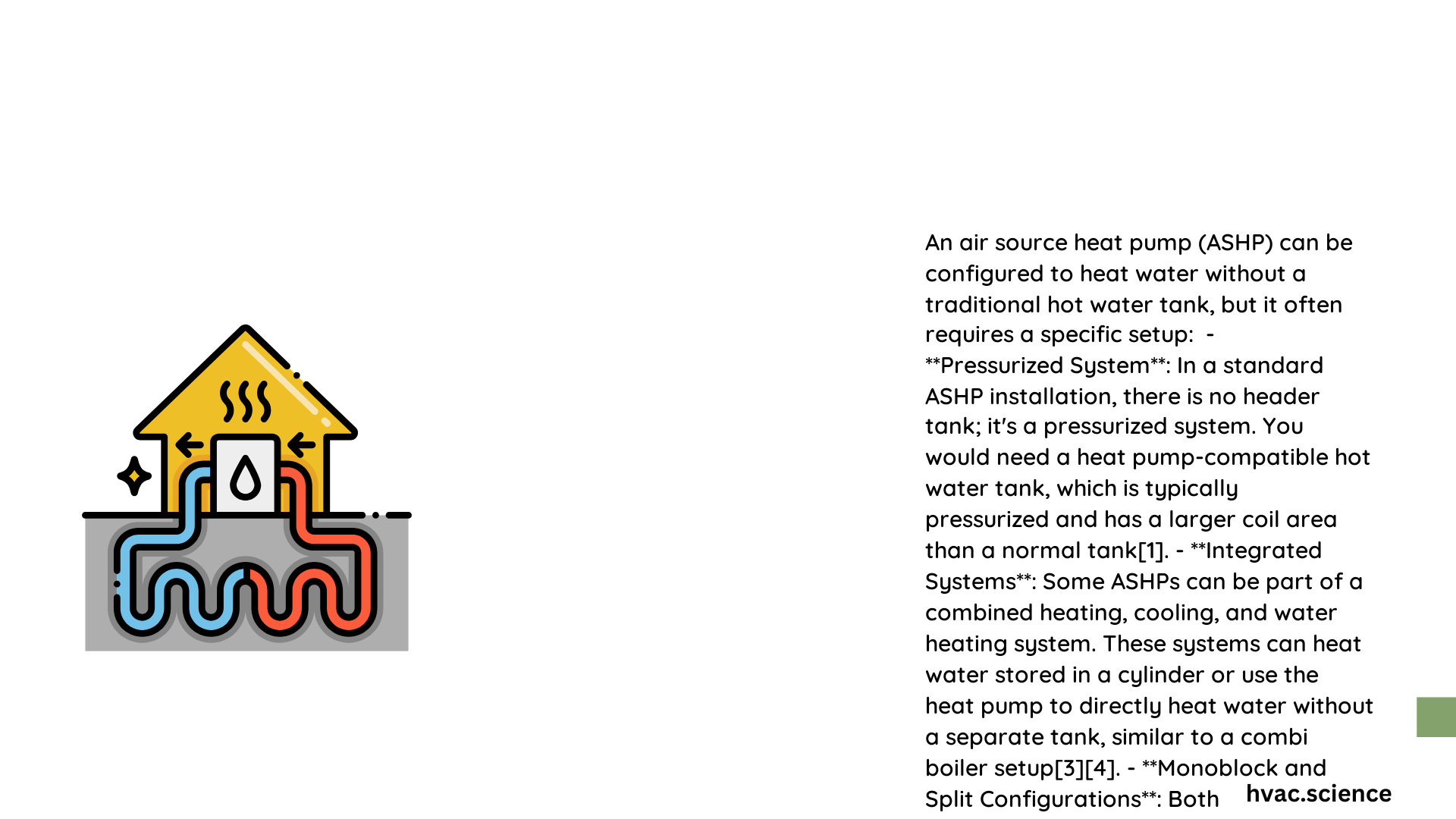Air source heat pumps without water tanks represent an innovative heating and cooling solution that directly transfers thermal energy between indoor and outdoor environments. These systems eliminate traditional water storage requirements, offering streamlined installation, reduced complexity, and enhanced energy efficiency for residential and commercial spaces. By leveraging advanced refrigeration technology, they provide consistent temperature control while minimizing energy consumption and environmental impact.
What Makes Air Source Heat Pumps Unique?
Air source heat pumps without water tanks operate through a sophisticated heat transfer mechanism that extracts thermal energy from outdoor air, even in low temperatures. Unlike traditional heating systems, these units do not require separate water storage infrastructure, making them more compact and adaptable to various architectural configurations.
How Do Air Source Heat Pumps Function?
Air source heat pumps utilize a refrigeration cycle to move heat between indoor and outdoor environments. The core components include:
- Compressor: Circulates refrigerant and increases its temperature
- Evaporator: Absorbs heat from external air
- Condenser: Releases absorbed heat into interior spaces
- Expansion Valve: Regulates refrigerant pressure and temperature
Performance Characteristics
| Performance Metric | Typical Range |
|---|---|
| Coefficient of Performance (COP) | 2.0 – 5.4 |
| Heating Seasonal Performance Factor (HSPF) | 7.0 – 10.0 |
| Energy Efficiency | 200-300% |
What Are the Key Advantages?

- Space Efficiency
- Compact design
- No water tank required
-
Minimal installation footprint
-
Energy Savings
- Lower operational costs
- Reduced carbon emissions
-
High thermal transfer efficiency
-
Versatility
- Heating and cooling capabilities
- Suitable for various climate zones
- Adaptable to different building types
What Installation Considerations Exist?
Successful air source heat pump implementation requires careful evaluation of:
- Outdoor unit placement
- Electrical infrastructure
- Building insulation quality
- Local climate conditions
- Manufacturer specifications
How to Optimize Performance?
Maximizing air source heat pump efficiency involves:
- Regular maintenance
- Proper system sizing
- Enhanced building insulation
- Strategic thermostat programming
- Professional installation
Cost Analysis
Initial Investment
– Equipment: $2,000 – $7,000
– Installation: $2,000 – $5,000
– Total Project Cost: $4,000 – $12,000
Potential Savings
– 30-50% reduction in heating expenses
– Eligible for federal tax credits
– Lower carbon footprint
What Maintenance Practices Matter?
- Annual professional inspection
- Regular filter replacement
- Outdoor unit cleaning
- Refrigerant level checks
- Electrical connection assessment
Technical Limitations
While highly efficient, air source heat pumps without water tanks may experience:
– Reduced performance in extreme cold
– Potential ice buildup
– Slightly lower efficiency compared to ground-source systems
Conclusion
Air source heat pumps without water tanks offer an innovative, efficient heating and cooling solution. By understanding their operational principles, advantages, and maintenance requirements, homeowners can make informed decisions about implementing this advanced technology.
